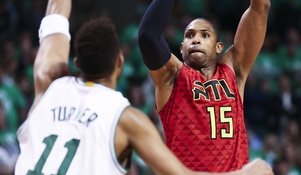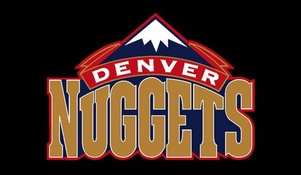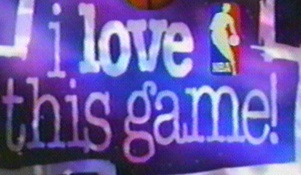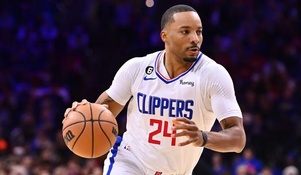LA Clippers 2015-16 Season in Review
The Clippers finished the 2016 season with the 4th most wins in franchise history. For a team used to contending for the league’s worst record for so long, you would think that these results would spark optimism and reignite excitement for management and fans. However, if you look a little closer, you discover that since Chris Paul was traded to the Clippers, this season marked his lowest win total with the ball club. With playoff success as the only barometer for Paul and the Clippers, another 1st round exit was anything but acceptable for a team that was thought to be close to joining the ranks of elite teams competing for a title. 2016 was a season of potential that never came to fruition. As another off-season looms, questions of whether the core of Paul, Griffin and Jordan can ever get to the Western Conference Finals will continue to swirl. With time counting down with this trio, let's review how this season ended with a 1st round playoff exit to the Portland Trail Blazers.
Injuries

In football, usually the team that is the healthiest at the end of the season more often than not experiences success in the postseason. For the Clippers, this omen rang true as they saw their chances for a title dwindle with injuries to some of the biggest stars. Blake Griffin headlined the injury report for most of the season with a partially torn quad tendon that he suffered on Christmas day. He never was able to fully recover from the injury as his explosiveness was noticeably missing from his game when he first returned versus the Wizards on April 3rd. In addition to getting hurt on the court, Griffin was also responsible for one of the most selfish moves of the year when he broke his hand after punching equipment manager Matias Testi over casual teasing. Instead of staying focused on getting back to the court, Griffin let the heat of the moment distract him as he went on to miss additional time to recover from his broken right shooting hand. In total, Blake missed the most games of his career (minus his rookie campaign) and blew a golden opportunity to rewrite the Clipper narrative.
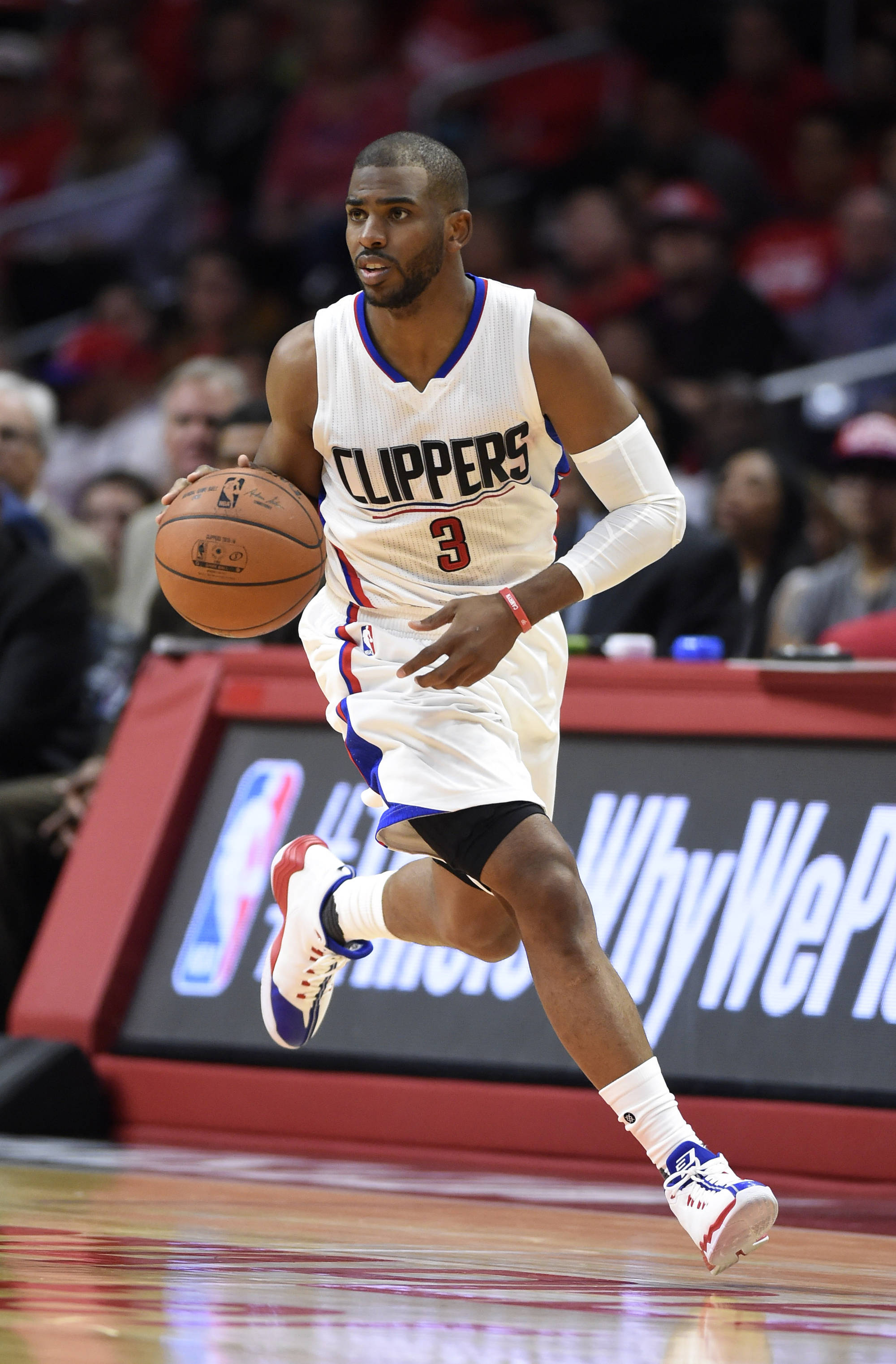
Even with Blake out, the Clippers managed to keep the ship afloat behind team captain Chris Paul. In the first 10 games after Blake’s injury, Paul led the team to a 9-1 record leaving many to wonder if the Clippers were actually better without Blake. As the season progressed, however, it was apparent that the Clippers needed to be at full strength if they were going to compete against the likes of the Warriors, Thunder and Spurs. Even more detrimental than losing Blake half way through the season was losing Paul with a broken right hand in game 4 versus the Blazers. For a moment it seemed that luck had finally been on the Clippers side with news that Steph Curry sprained his knee in the Warriors series versus the Rockets. Could the supposed “Clipper Curse” be lifted? Unfortunately, the Clippers will have to wait another year to get a chance to rewrite history. With Paul down for the count, the Clippers faltered away in six games. Even throughout the year, the Clippers never seemed to be at full strength with injuries to Austin Rivers who missed significant time with a broken hand, Jamal Crawford with a bothersome calf injury, J.J. Redick with back spasms and bruised heel and a rapidly deteriorating Paul Pierce the Clippers never had time to develop the necessary chemistry to clearly define roles and operate at their highest capacity. For any team it would be hard to win without their superstar, for the Clippers they were behind the 8 ball with both CP3 and Griffin out.
Questionable Decisions by Doc Rivers
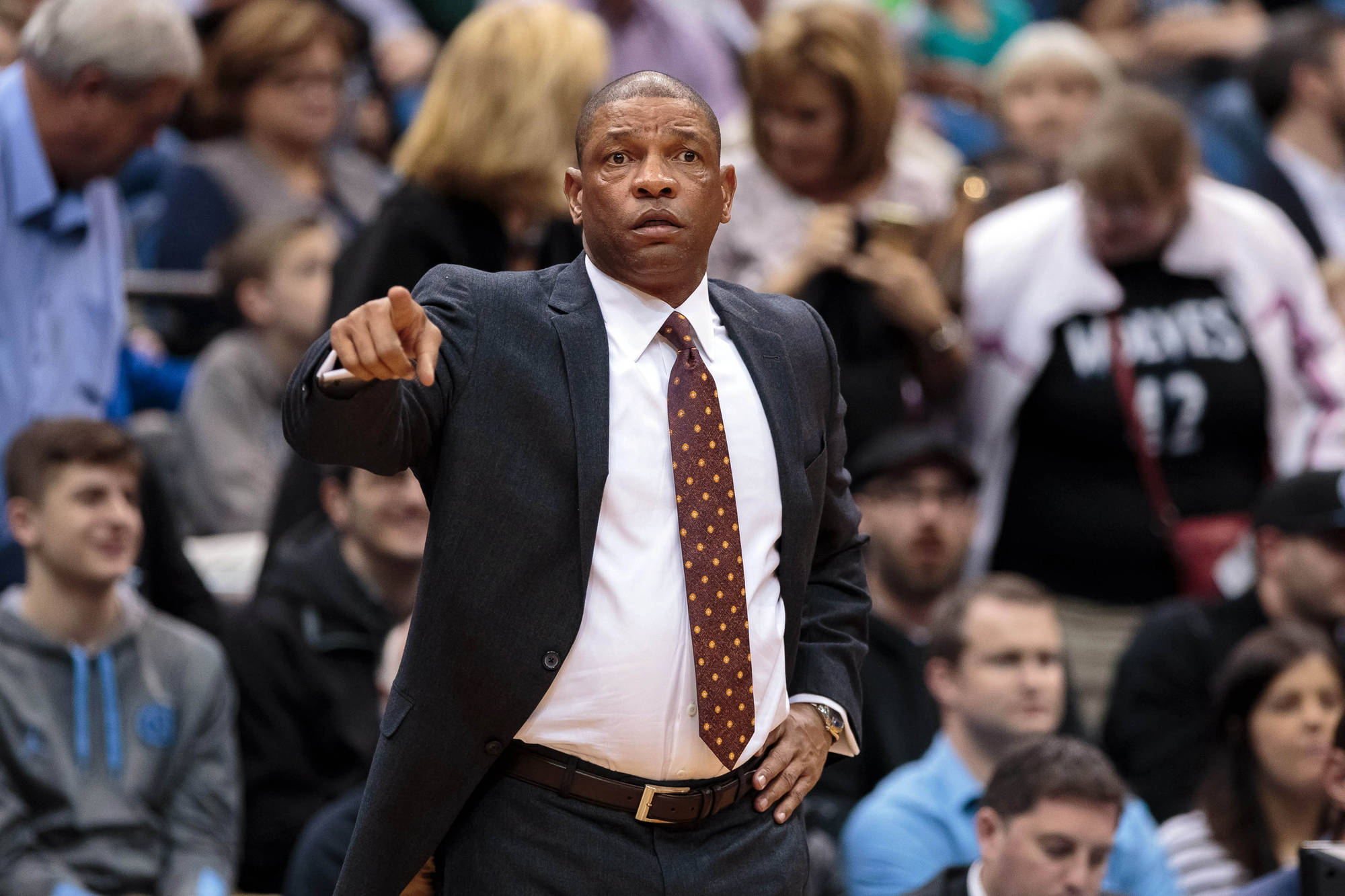
Heading into the season, a lot of criticism for the lack of playoff success was focused primarily on Chris Paul and the previous failures he has had during his career. It seemed that, Doc Rivers was never held responsible for the performance of the team. Maybe because he won a title in Boston or because it was only his second season with the team, it seemed like Doc got a pass. However, with added responsibilities as President of Basketball Operations in 2014, there is no escape for Doc as he must now shoulder the responsibility for players he brought in during the off-season. Their was plenty of optimism at the start of season with the Clipper top additions of Lance Stephenson, Josh Smith and Paul Pierce.
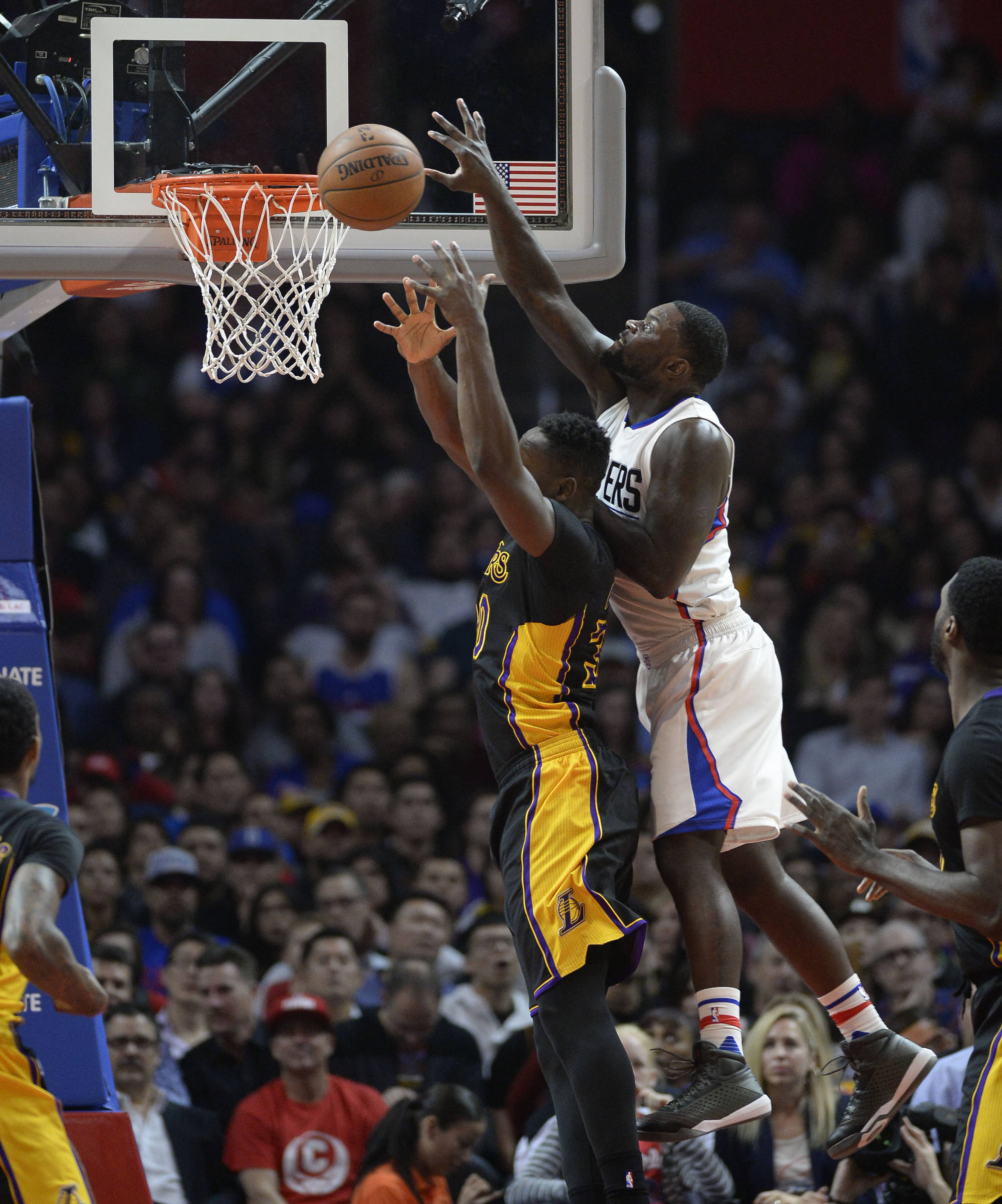
Lance Stephenson was brought in to fix what was thought to be the missing piece of the puzzle for the Clippers, a quality starting small forward. Doc initially started Lance for the first nine games of the season, only to see him start one more game in a Clipper uniform before he was shipped out to Memphis. While Stephenson wasn’t the ideal fit for the position offensively, as he liked to have the ball in his hands as a playmaker, defensively, Stephenson was the type of wing player that the Clippers needed to take out the opposing team's best player. It was baffling to see Stephenson not get more playing time and instead Doc promoted Luc Mbah a Moute who so far has not proven that he should be a starter in the NBA with his lack of offensive skillset. While there may have been other non-basketball related reasons for Stephenson not starting, Doc was ultimately responsible for not finding a way to incorporate Stephenson’s talent and instead gave up on him as Stephenson in total had 22 games in which he played 10 minutes or less and a total of 10 games where Rivers chose not to play him at all. Given the expected level of impact and talent of Stephenson, Doc deserves a lot of the blame for not finding a way to put Lance in a position to succeed starting by not giving him the minutes over Mbah a Moute.
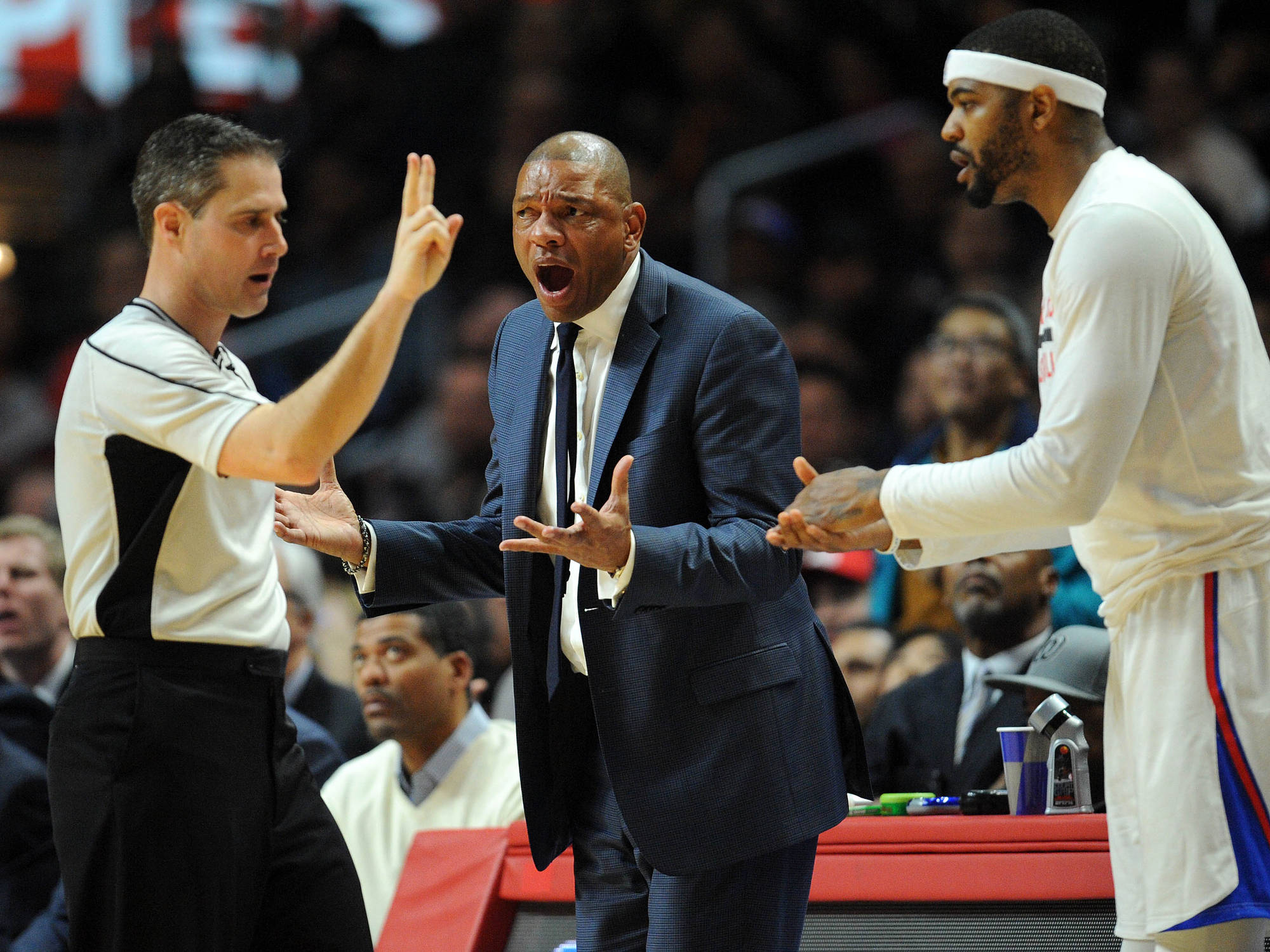
When the Clippers signed Josh Smith, the signing seemed to be a reactionary move for what Smith had done to the Clippers in the Western Conference Semi-Finals. While Smith did seem like a versatile fit to backup Blake Griffin, Smith never seemed to be content with his role on the team. Whenever he would step on the court for the Clippers, it appeared that he needed to get a three point shot up rather than work the ball around and shoot within the confines of the Clipper system. Additionally, Smith, who has the ability to be a great defender, would over-rely on his athletic ability and not box out leading to many second chance shots for opponents. With more concern on his 3 point shooting ability, Smith was not able to finish close range and around the rim as he averaged a dismal .383 FG percentage and turned the ball over too frequently leading the Clipper front court in most turnovers per game. Tensions reached a peaking point for Smith on November 22nd after a loss to Toronto where he cursed at one of the Clippers’ coaching staff. While losing should make you upset, this kind of response was not the kind expected from a 12-year veteran. Smith has always been an immature player and should have taken his frustrations out on the court with his play. Between Smith and Stephenson, Doc Rivers wasted half the season with them by not properly evaluating whether Smith would be a good fit and not giving Stephenson the minutes to show his true value.
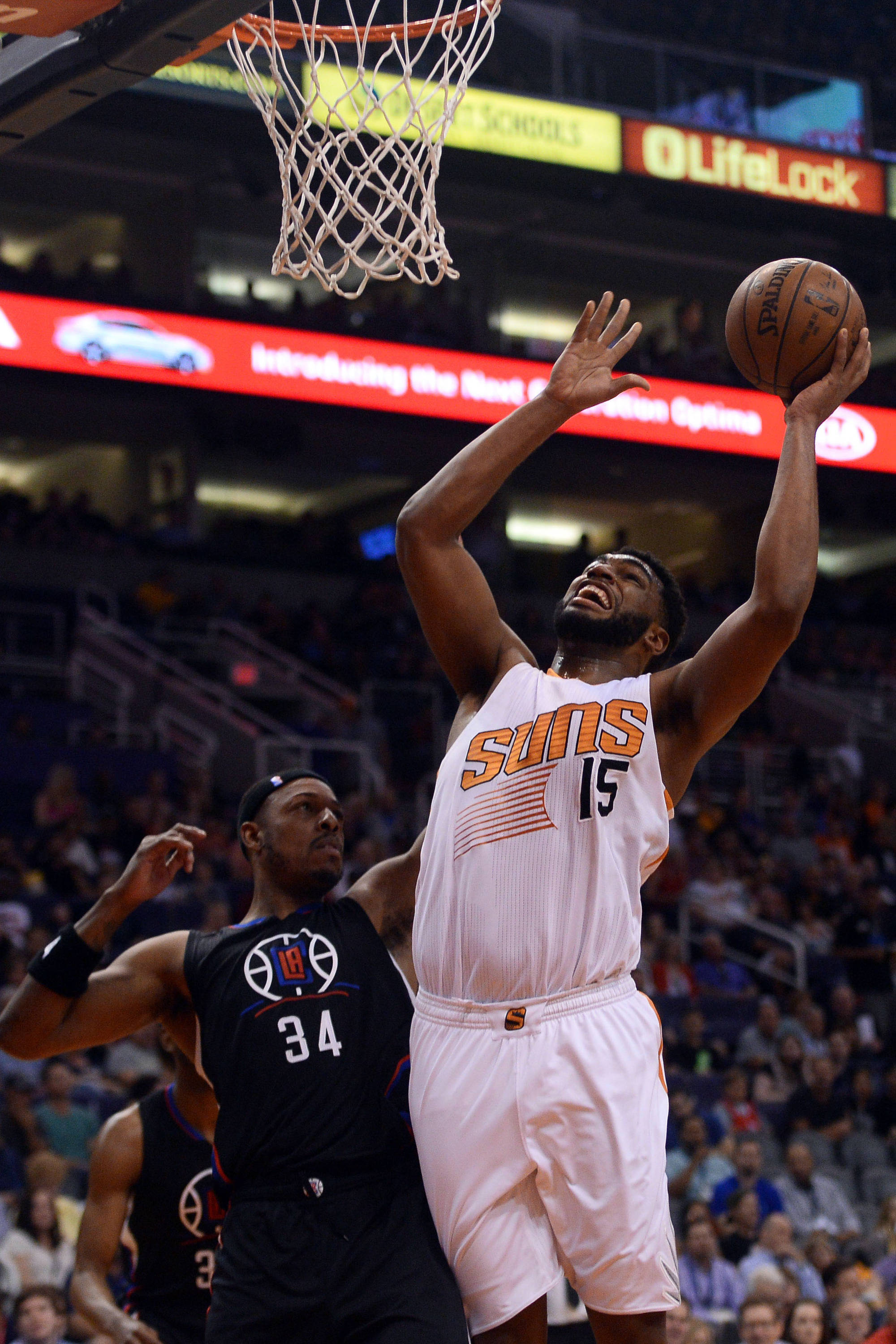
One criticism that I had with the makeup of the Clippers roster in the past was that the team lacked a veteran presence that had prior experience of what it took to become a champion. When Doc went out and brought in Paul Pierce I thought that he would fill this void perfectly and rally the team behind his formula for success. The problem with Pierce, was his lack of production as a result of father time. At the age of 38, Pierce’s was not able to get the same lift on his shot resulting in a career low .363 field goal percentage and the 3rd worst player efficiency rating on the team. With these types of results you would think that Rivers would learn that Pierce’s ineffectiveness would result in less minutes. But instead, Pierce started in 38 games including Game 5 of the series versus Portland. Doc’s loyalty to Pierce blinded him of the negative results that he was producing. In my opinion, it also hurt his credibility because he would continue to give minutes to Pierce even though he had several defensive lapses throughout the season. Pierce should have averaged nowhere close to 20 minutes a game and instead should have been relegated to 10 minutes given his production. River’s loyalty to Pierce from their time in Boston ultimately led to decisions made with the heart rather than the mind and cut minutes to more effective players such as Cole Aldrich and Wesley Johnson.
Trade Deadline
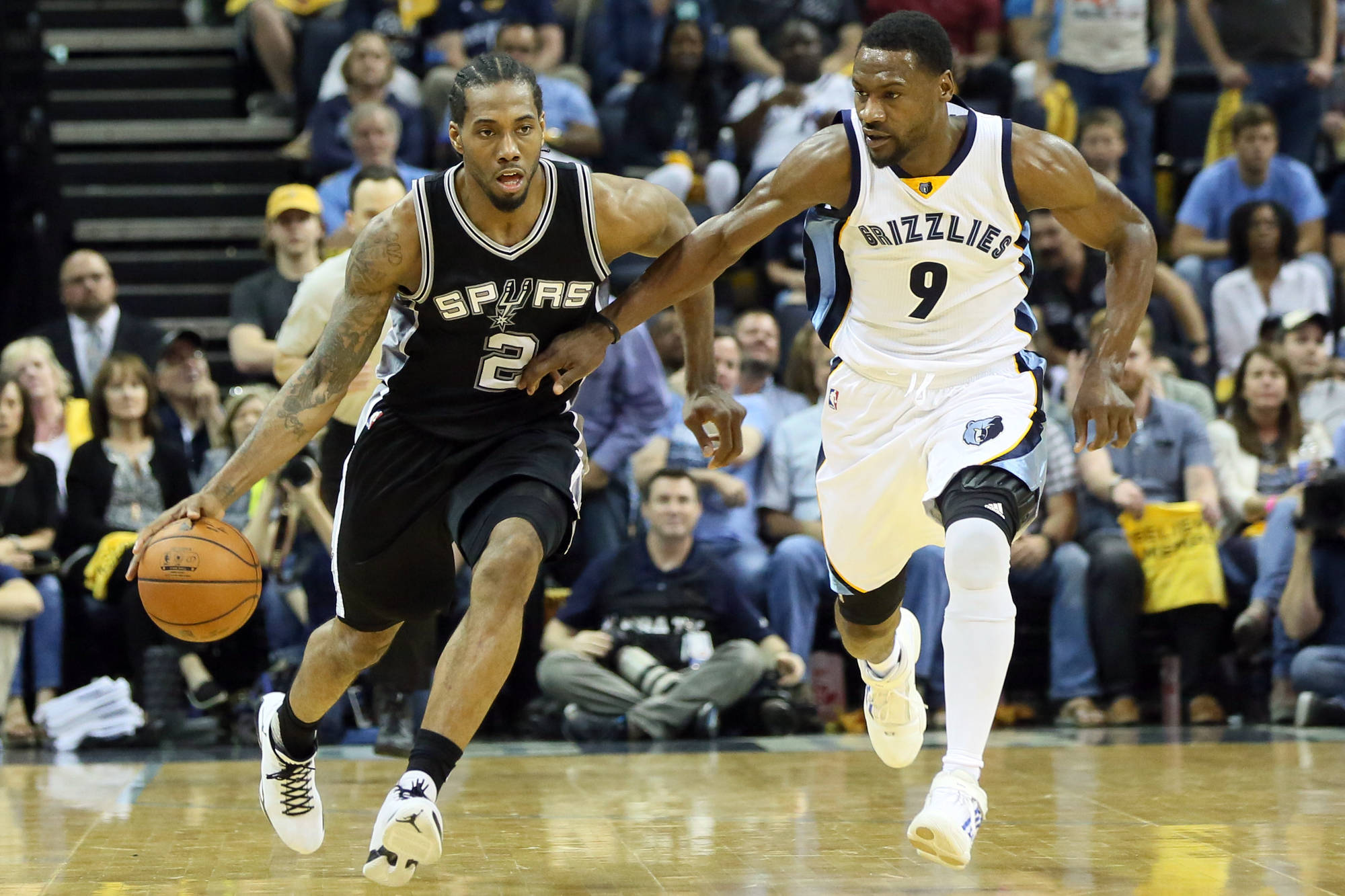
With injuries to Blake and a roster in flux half way through the season, the trade deadline was the time for the Clippers to be aggressive and make moves to bolster their roster. With small forward as their biggest need, the Clippers traded a 1st round pick and Lance Stephenson to the Grizzlies for Jeff Green to fill this gap. While Green was an upgrade for this position just from the standpoint that he was given playing time, the Clippers also needed a reliable perimeter defender to guard the likes of Steph Curry, Kawhi Leonard and Durant just to name a few. Tony Allen seemed like the best fit given the Grizzlies’ need for more scoring options. However, instead of trying to include him in the Jeff Green trade by offering Jamal Crawford, Doc had faith that the current roster would come together to get the job done come May and June. The Clippers missed the chance to really bolster their backcourt defense and acquire a true defensive stopper. With the roster as constructed, the Clippers needed a lot of breaks to go their way that just didn’t materialize.
Conclusion
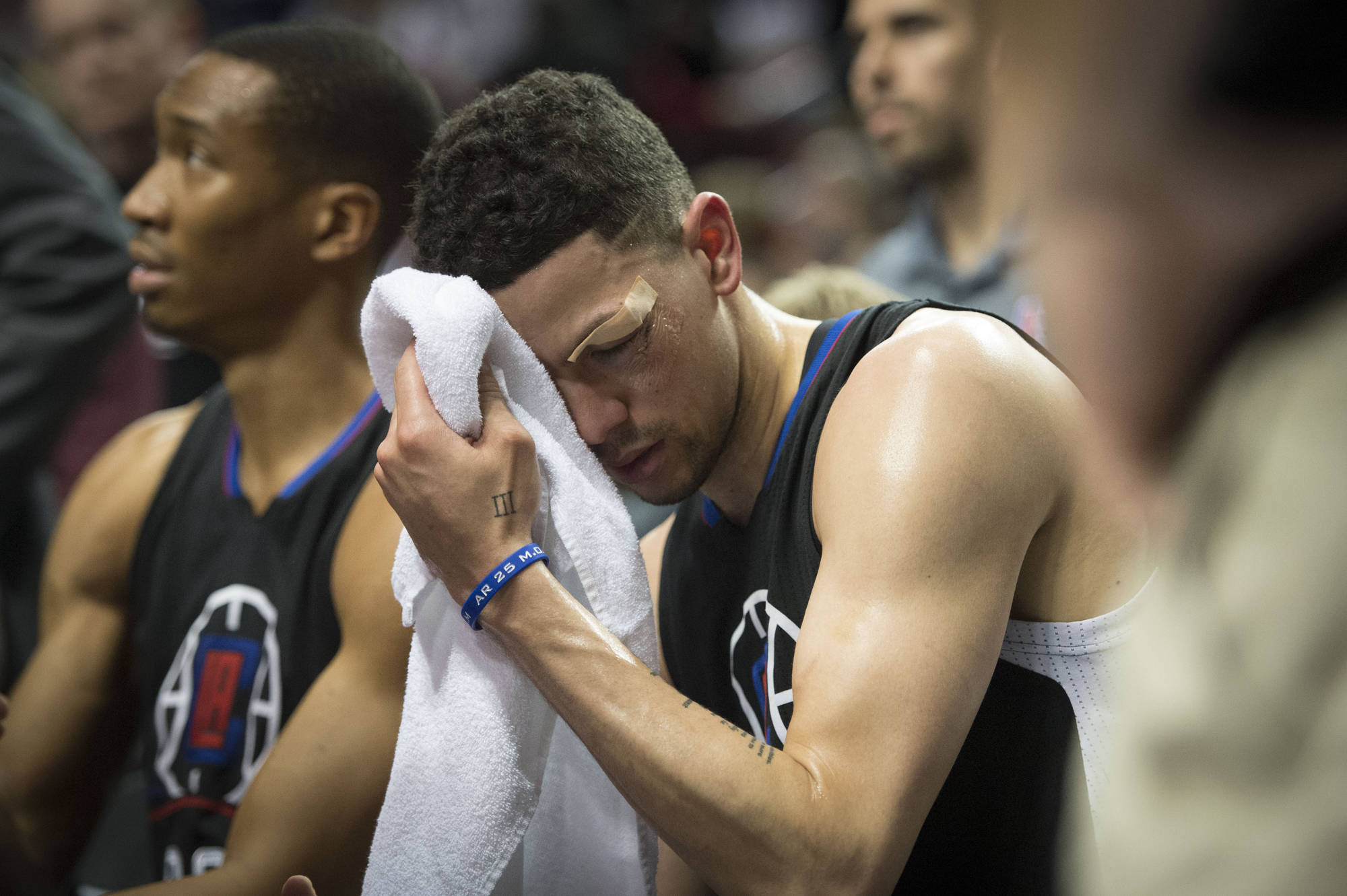
The Clippers weren’t able to reach their first goal of making it to the Western Conference Championship and must go back to the drawing board to figure out how to get over the hump. It was almost fitting that in the Clippers last game, Austin Rivers got elbowed in the face leaving a nasty black eye, symbolizing the Clippers’ bruised season. However, even with the disappointing finish, the Clippers may have bought themselves one more year with the nucleus of Paul, Griffin and Jordan. Losing to the Blazers in six with Paul and Griffin out, creates an excuse for the Clippers organization to try one more time with its Big 3 as they weren’t able to showcase their full potential. In addition to a healthy Big 3, to Doc’s credit, his under the radar acquisitions did a marvelous job for the team. From the immediate impact of Cole Aldrich stepping in for Blake, to Wesley Johnson who developed into a consistent corner three point shooter and defender, to Pablo Prigioni who stepped up when Paul and Austin Rivers were out with injuries to his Austin's heroics of trying to extend the season one more game, showing grit and toughness in a physical Game 6. Doc just needed to rely on some of these players more and give them the minutes they earned through their productivity. Ultimately the Clippers ran out of time to put everything together. There will be roster moves that need to be made as the Clippers finished with a .462 winning percentage versus Western Conference teams in the playoffs and a woeful .181 winning percentage to the three higher seeds above them. With an important free agency period that can reshape the power in the NBA, the Clippers can only hope that the injury bug will stay away from them next season and that they can acquire a couple of players in free agency to showcase their talent against the best in the West.



